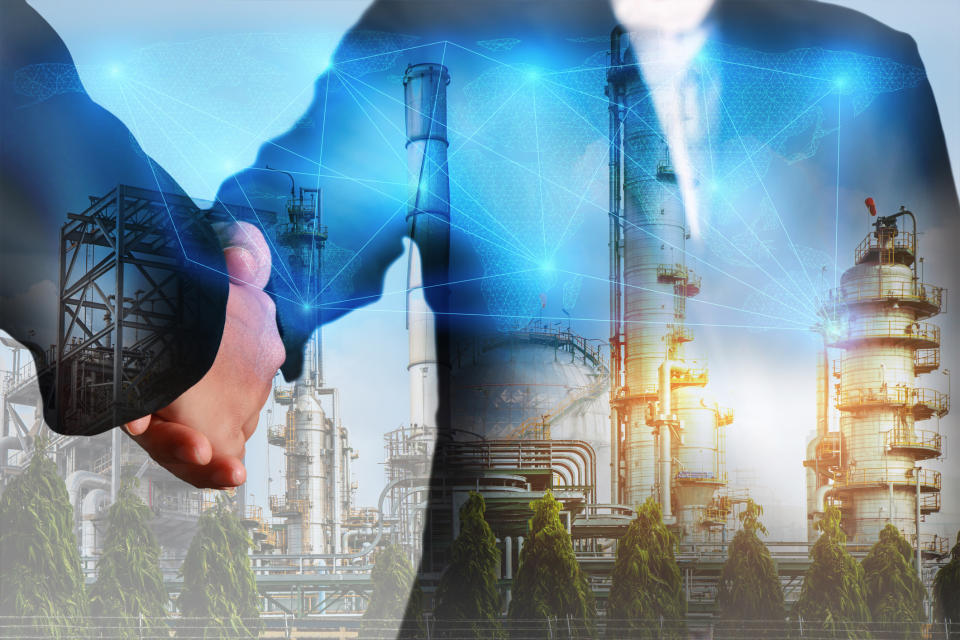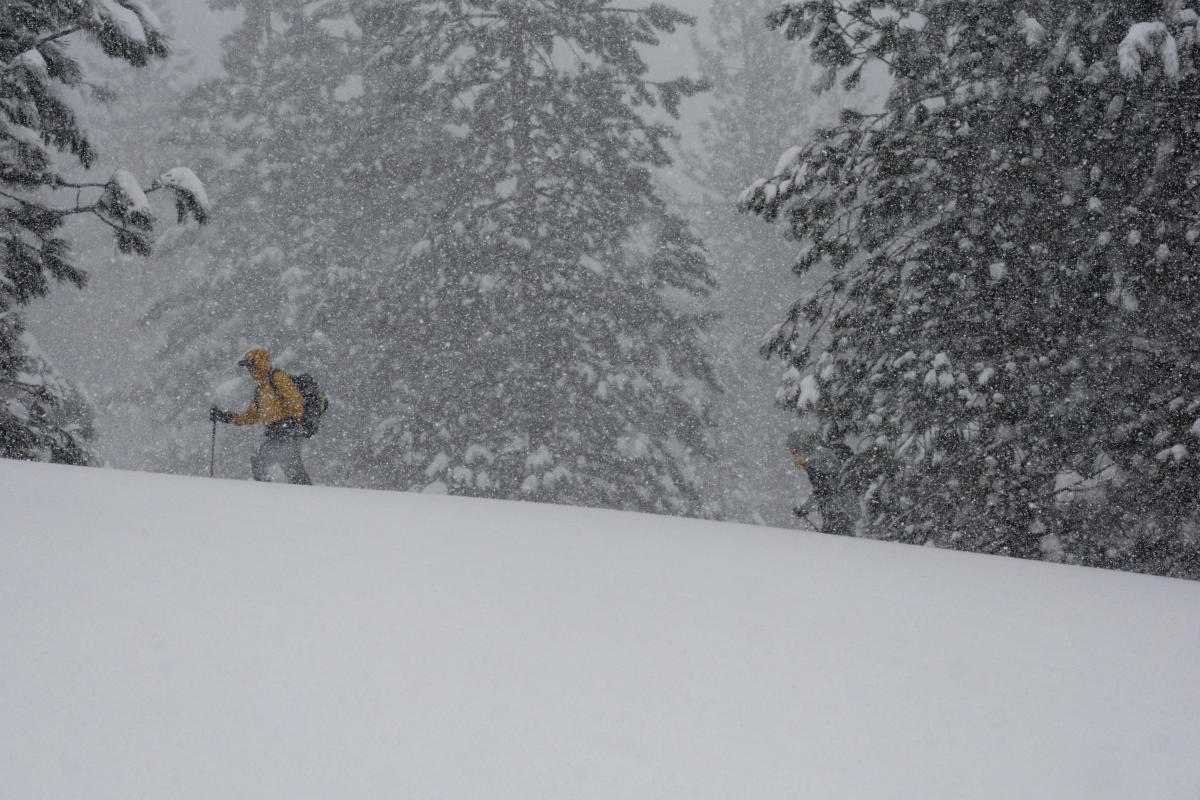Following a few tense moments, NASA astronauts Butch Wilmore and Suni Williams arrived safely at the International Space Station just after 1:30 p.m. Thursday.
“Nice to be attached to the big city in the sky,” Wilmore said as the initial docking was confirmed.
The docking had been delayed more than an hour from the original docking time of 12:15 p.m. EDT after post-launch issues arose. During the period in which the crew was resting, teams discovered two additional helium leaks coming from the service module −bringing the number to three in total, accounting for the leak that was a contributor to the lengthy launch delay last month.
NASA and Boeing officials have repeatedly emphasized that Starliner’s systems are built to offer a lot of redundancy, meaning if something fails, there are other options. New issues became apparent as Starliner approached the station. Control teams placed a hold on the docking as five thrusters went offline.
As the space station and Starliner moved in and out of orbital nighttime, it remained to be seen if Boeing could pass this important milestone flight. But it wasn’t long before the docking was confirmed and the astronauts safely entered the station.
When is the next Florida rocket launch? Is there a launch today? Upcoming SpaceX, NASA, ULA rocket launch schedule in Florida
Starliner Crewed Flight Test reaches space
Launching atop an Atlas V rocket, Boeing’s Starliner made its inaugural crewed launch about 26 hours prior to docking.
This launch came following a scrub back on May 6, which was caused by a faulty oxygen valve on the Atlas V rocket second stage. What followed was a delay of about a month as teams discovered a helium leak on the Starliner spacecraft − which was later narrowed down to a thruster. Officials have said their analysis showed that even with the leak, the Starliner could still get the crew home safely even in worst-case scenarios, allowing them to proceed despite the leak.
Starliner’s launch was scrubbed for a second time June 1 due to problems with the prompts given to the Atlas V rocket during the final part of the countdown.
On June 5, the third attempt proved to be the right time. Starliner rocketed off the pad and into orbit on what appeared to be a smooth flight. No issues were reported as of a post-launch press briefing.
However, as the crew slept that night, ground teams detected two additional helium leaks coming from the service module of the spacecraft − the disposable bottom of the spacecraft which contains thrusters. This is the same area of the original helium leak said to be due to a faulty seal.
“We went back a couple of days later, and proved to ourselves that the leak was stable,” Mark Nappi, vice president and program manager of the Commercial Crew Program at Boeing, said during a late-May NASA press briefing.
Officials said that should a thruster in the service module leak again, the system can handle up to four more leaks.
NASA had posted on X (formerly Twitter), “Teams have identified three helium leaks on the spacecraft. One of these was previously discussed before flight along with a management plan. The other two are new since the spacecraft arrived on orbit. Two of the affected helium valves have been closed and the spacecraft remains stable.”
As the crewed moved towards docking, few officials updates were released. But as Starliner moved in for the original docking attempt at 12:15 p.m., it was clear more issues had arose. Multiple reaction control thrusters (RCS) had shut down on the Starliner spacecraft, prompting teams to perform a “hot fire” test.
During the post-docking press briefing, Steve Stich, the program manager for NASA’s Commercial Crew Program said, “It’s in different doghouses. It’s a different thruster so the helium leak and the thrusters are not at all related”.
Williams and Wilmore took manual control of the spacecraft, keeping it in a hold of more than 200 meters away from the International Space Station, a distance that ensures safety.
The cause of the thruster problem is still unknown.
“When I say a thruster fails, I mean the software sees something it doesn’t like about that thruster… so the thruster is maybe a little less thrust or the thrust rise rate doesn’t come up exactly the way that the software is looking for. And so what that software does, it says ‘I won’t use that thruster anymore’. So when we say failed thruster, we’re talking it’s not available for the GNC flight software to use,” said Stich.
While teams ran the tests of the thrusters, all but one kicked back on. Meanwhile, as teams went to switch Starliner back to autonomous mode, it was confirmed that Starliner had completed the evaluation of manual control by the astronauts − one of the targets that must be met to certify the spacecraft to fly NASA crews.
“Once we got the redundancy we needed, we pressed on in,” said Stitch.
As the spacecraft was cleared to approach the space station, its camera-led system guided it up to the docking port of the Harmony module. Inching slowly towards the port, Starliner achieved a “soft capture”, or contact, just after 1:30 p.m. EDT.
Just before 2 p.m., a hard docking was confirmed. Starliner had safely brought the crew to the International Space Station. During the NASA TV live stream, Wilmore described the station as a “great place to be”.
Some residue on the front facing window of Starliner was investigated, yet it was announced by NASA to be of no concern.
After pressuring the connecting module, and ensuring all was in good condition, Williams and Willmore floated through the hatch just before 4 p.m. EDT. The two astronauts were greeted by a smiling Crew-8, who had launched to the station in early March. This brought the total number of people on the space station to nine.
While onboard, the helium leaks will not be of concern, officials said.
“Once we got docked to the ISS, we closed the manifolds in the helium system as planned. That was always part of our operation,” said Stich, before adding that yet another smaller leak was discovered.
“So you know helium is a small molecule, it’s easy to escape seals,” said Stich. “What we need to do over the next few days is take a look at the leak rate rate there and figure out what we go do relative to the rest of the mission.”
“In looking at the numbers just at the top level, you know, we should have absolutely plenty of margin,” added Stich.
The earliest landing date mentioned in a post-docking press conference was June 14. Starliner would touchdown in the New Mexico desert.
Brooke Edwards is a Space Reporter for Florida Today. Contact her at bedwards@floridatoday.com or on X: @brookeofstars.
This article originally appeared on Florida Today: Starliner crew enters space station after issues prior to docking
Signup bonus from



